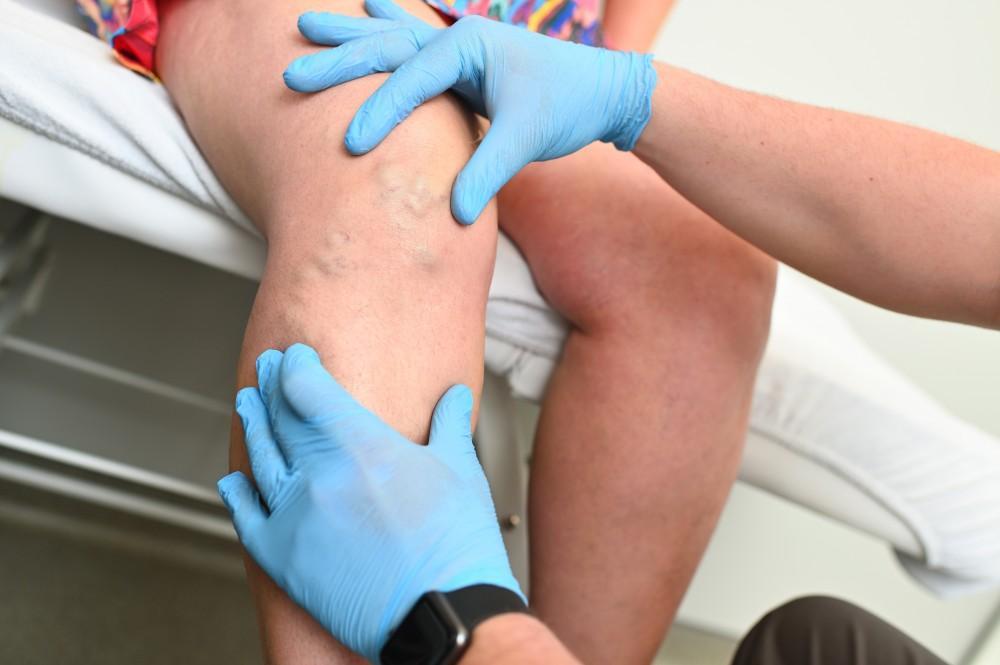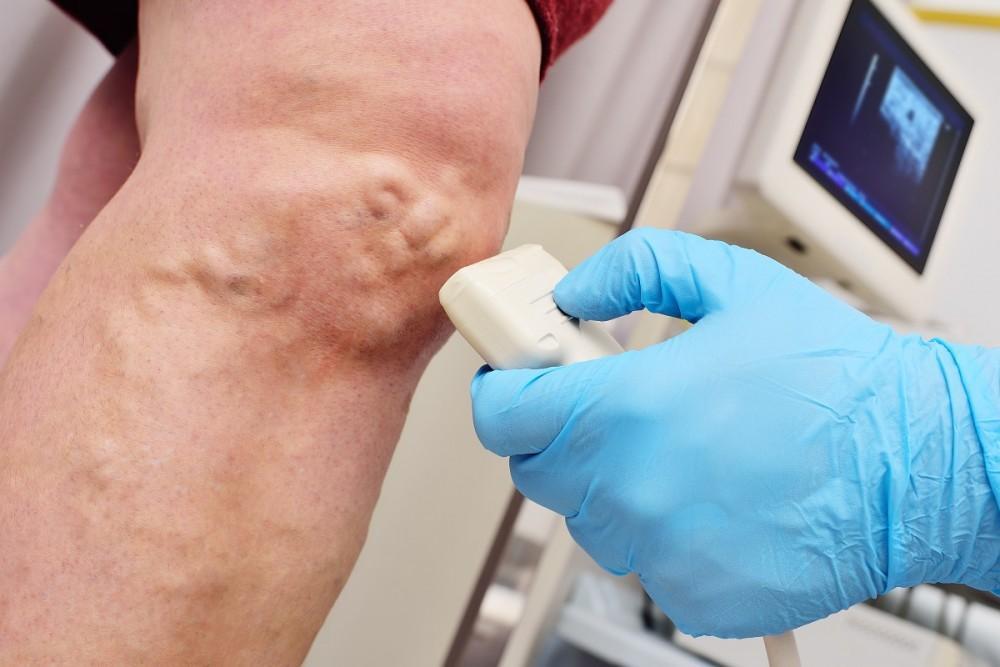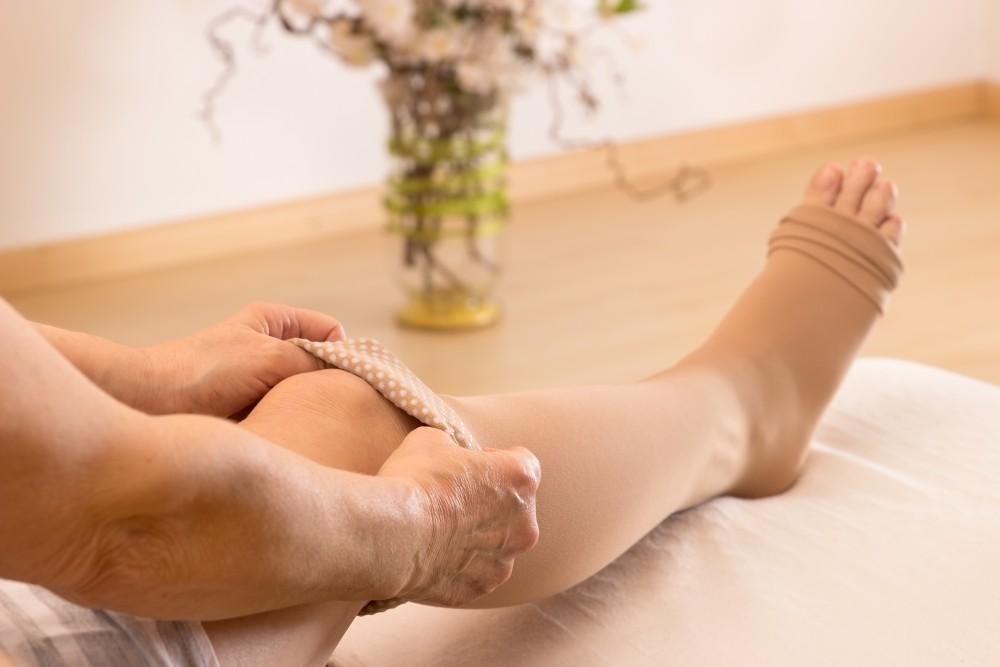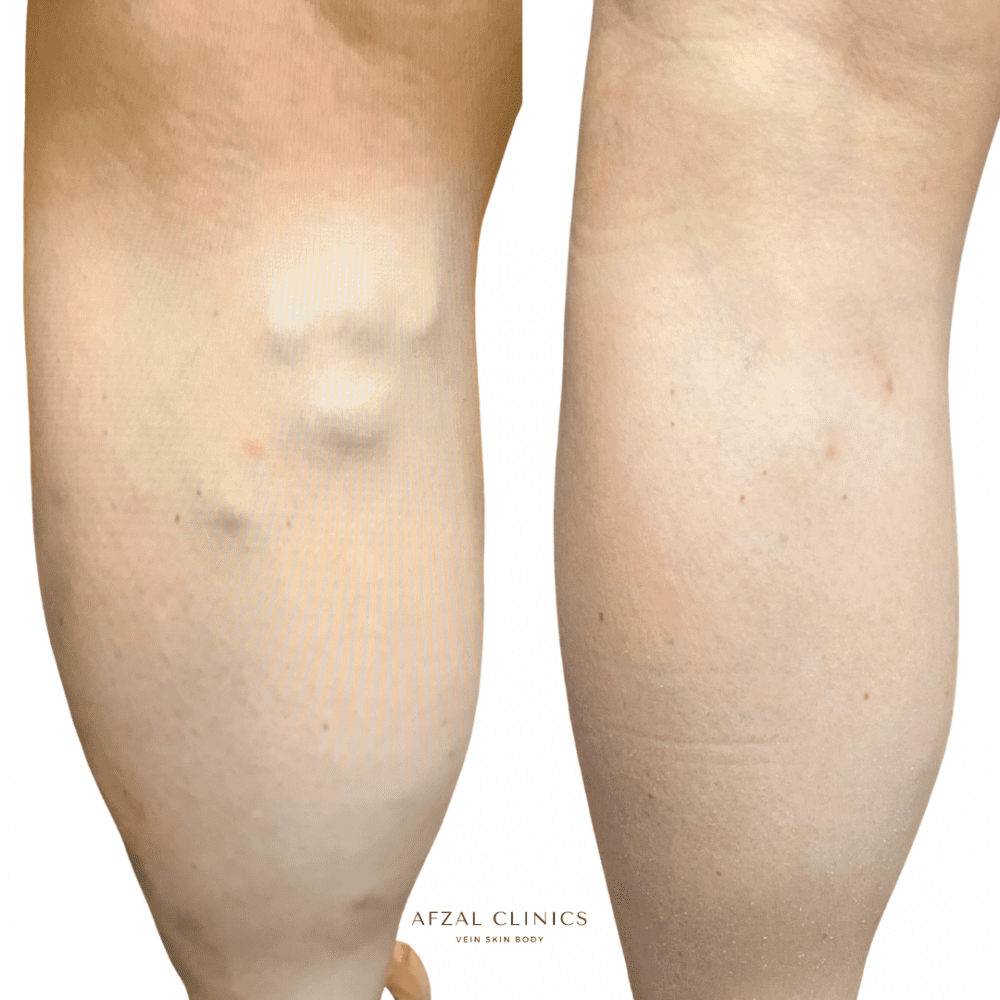Roughly a third of people suffer from varicose veins, bugling, twisted, purplish veins that can cause painful symptoms in addition to their unattractive appearance. Varicose veins are a sign that your veins aren’t working the way they should, and not surprisingly, that malfunction can lead to persistent aches and pains.
Prime Heart and Vascular is a leading varicose vein treatment provider for patients in Allen, Frisco, and Plano, Texas. In this post, Rishin Shah, MD, explains why varicose veins ache and how they can help you find relief.
Why varicose veins hurt
Your veins contain a series of tiny valves that open and close repeatedly, keeping your blood moving from your extremities back toward your heart. If those valves malfunction, blood pools behind the vein, causing weak spots and bulges that give varicose veins their twisted look.
Varicose veins happen more often as age and wear and tear take a toll on those tiny valves. But they’re also more common among people who spend a lot of time on their feet, people who lead sedentary lives, smokers, people who are overweight, and pregnant women. A family history of varicose veins and hormonal fluctuations also increase your risk of developing varicose veins.
Why pain happens
Varicose vein-related pain can happen for different reasons. First, the inflammation associated with damaged veins is one cause of irritation and discomfort around the veins. Increased pressure caused by backed-up blood can cause discomfort, too.
Much of the aching and cramping linked with varicose veins happens because the damaged veins aren’t providing enough oxygen to the surrounding tissues. When that happens, those tissues send out “distress” signals that we perceive as aching, cramps, and other sensations, like muscle fatigue or heaviness.
Some varicose vein discomfort is related to venous insufficiency involving the deeper veins in your legs. Less often, a varicose vein develops a clot, along with tenderness, swelling, and redness in the skin over the vein.
Relieving the pain of varicose veins
Because they’re a sign of a circulation problem, varicose veins should always be evaluated — even if they aren’t causing painful symptoms. Depending on the results of your evaluation, Dr. Shah recommends treatments like radiofrequency ablation, phlebectomy, or sclerotherapy, along with lifestyle changes to prevent varicose veins in the future.
Radiofrequency ablation
Radiofrequency ablation uses pulses of energy to create controlled damage inside the veins. The veins collapse, preventing future blood flow, and over time, your body absorbs the vein tissue and reroutes blood flow.
Phlebectomy
Phlebectomy uses special instruments to remove varicose veins. During your treatment, Dr. Shah makes a series of tiny incisions in the skin over the vein, then gently removes the vein before closing the incisions with bandages.
Sclerotherapy
Sclerotherapy uses injections of special solutions to close the damaged vein. As with radiofrequency ablation, your body absorbs the vein debris and routes your blood to neighboring veins.
In addition to these treatments, Dr. Shah routinely recommends compression socks to provide additional support to the veins in your lower legs. He also recommends lifestyle changes, like increasing your physical activity, losing weight, and quitting smoking.
Custom care for your aching veins
Varicose veins aren’t just unsightly. They can cause a wide range of uncomfortable symptoms, in addition to affecting your overall circulation.
To learn how we can help relieve those symptoms and improve your vein health, call 972-295-7017, or book an appointment online with the team at Prime Heart and Vascular today.





